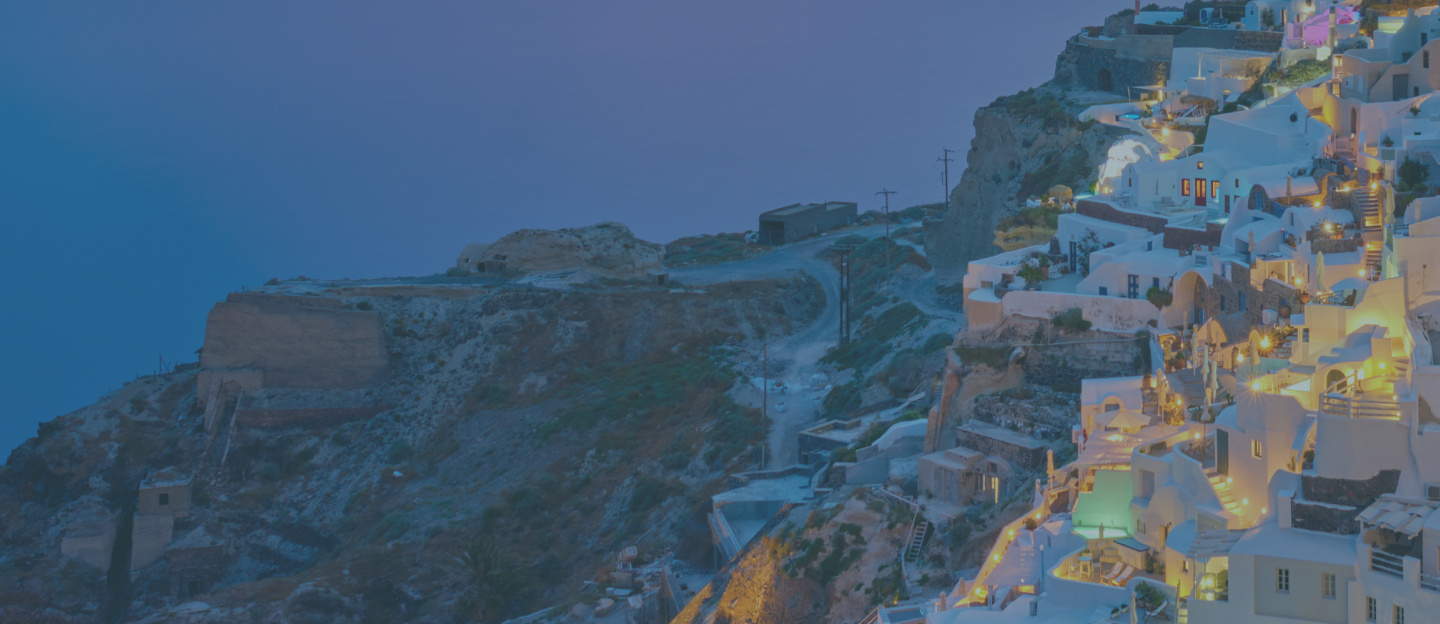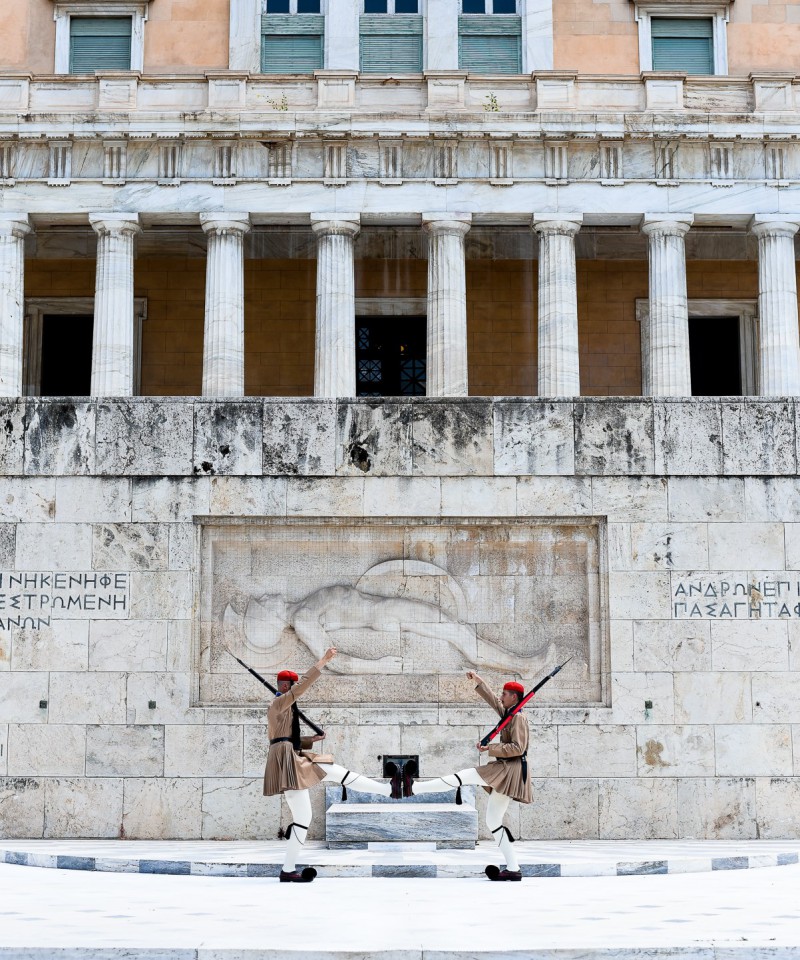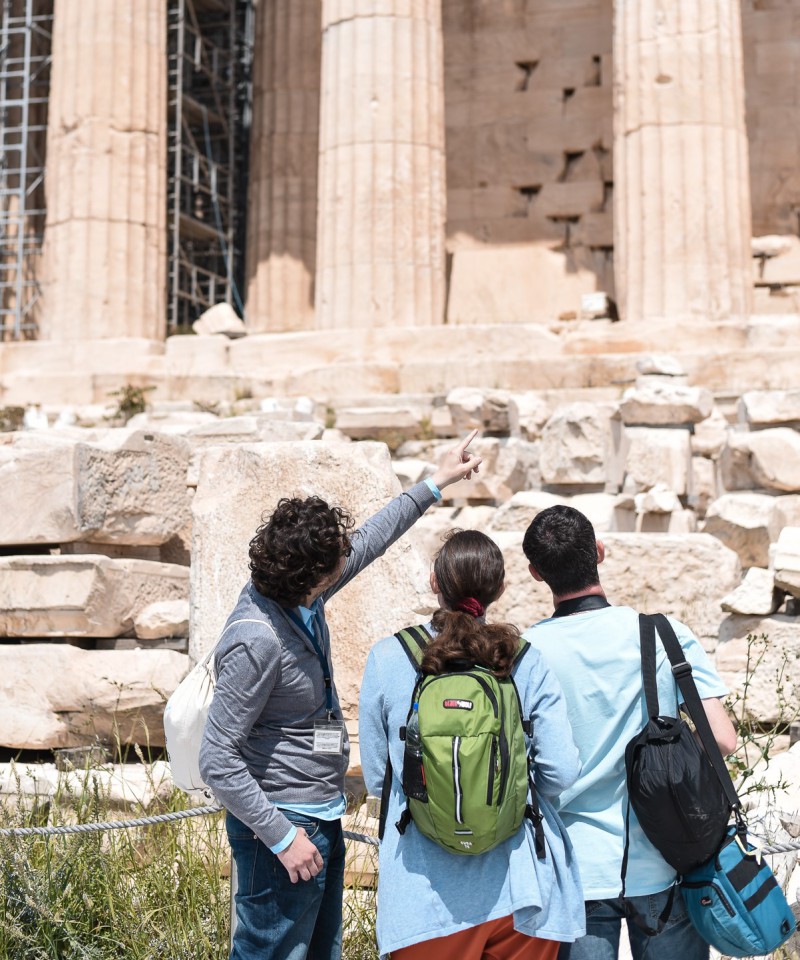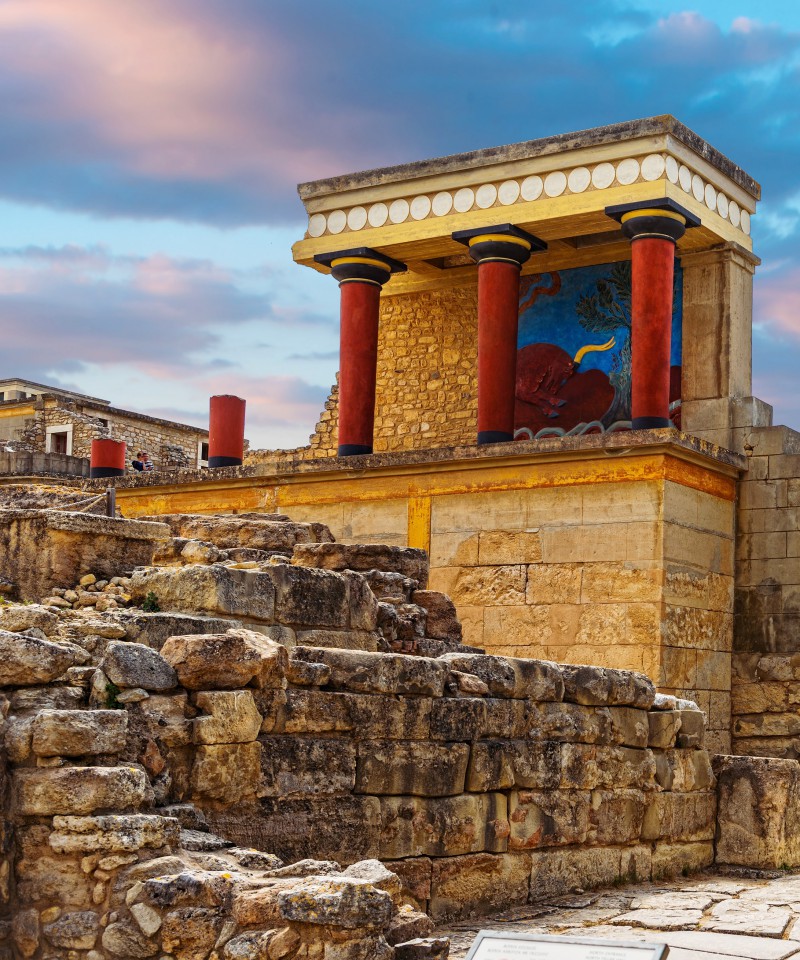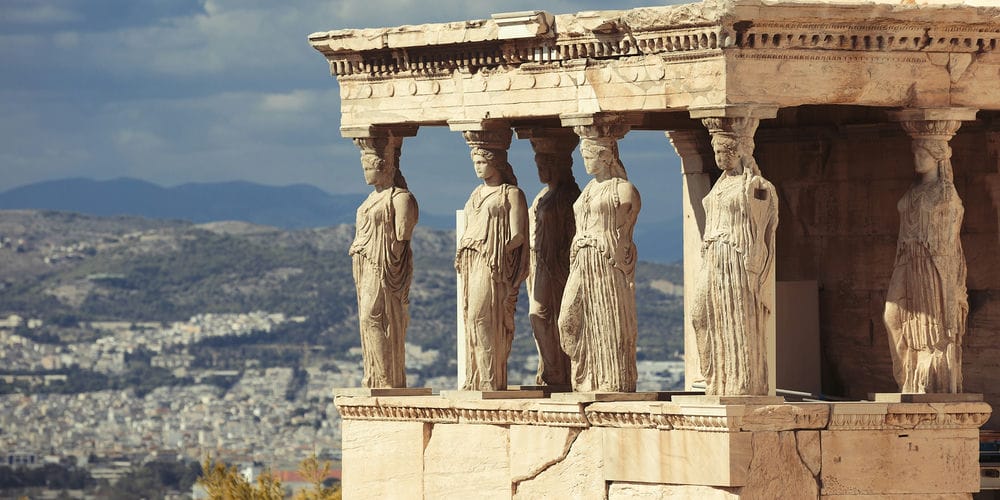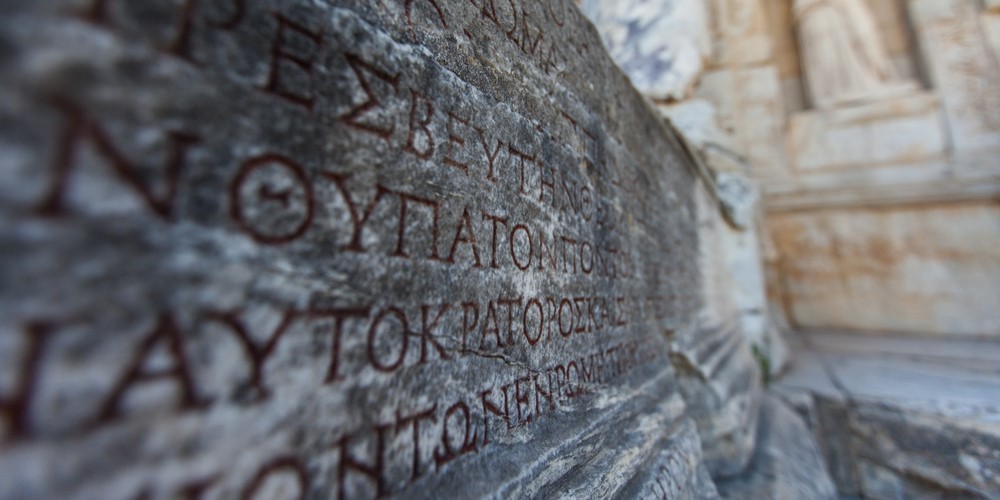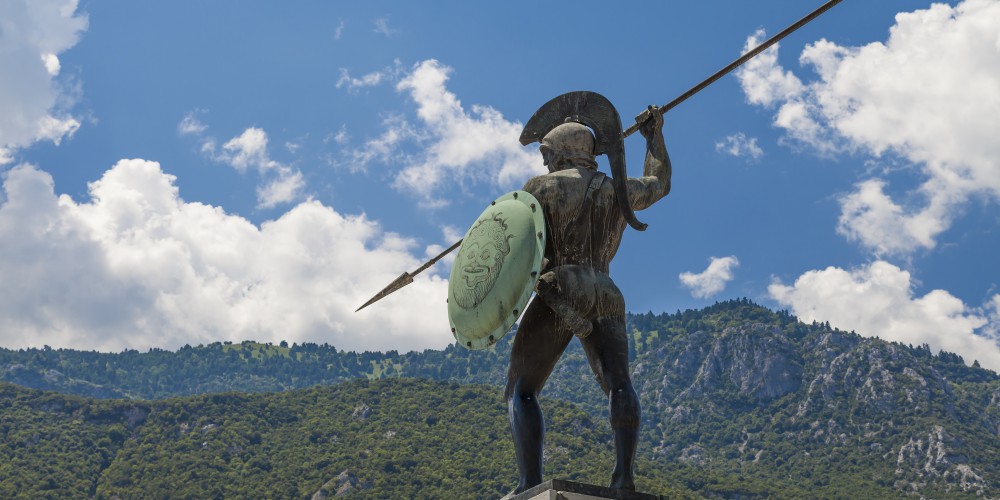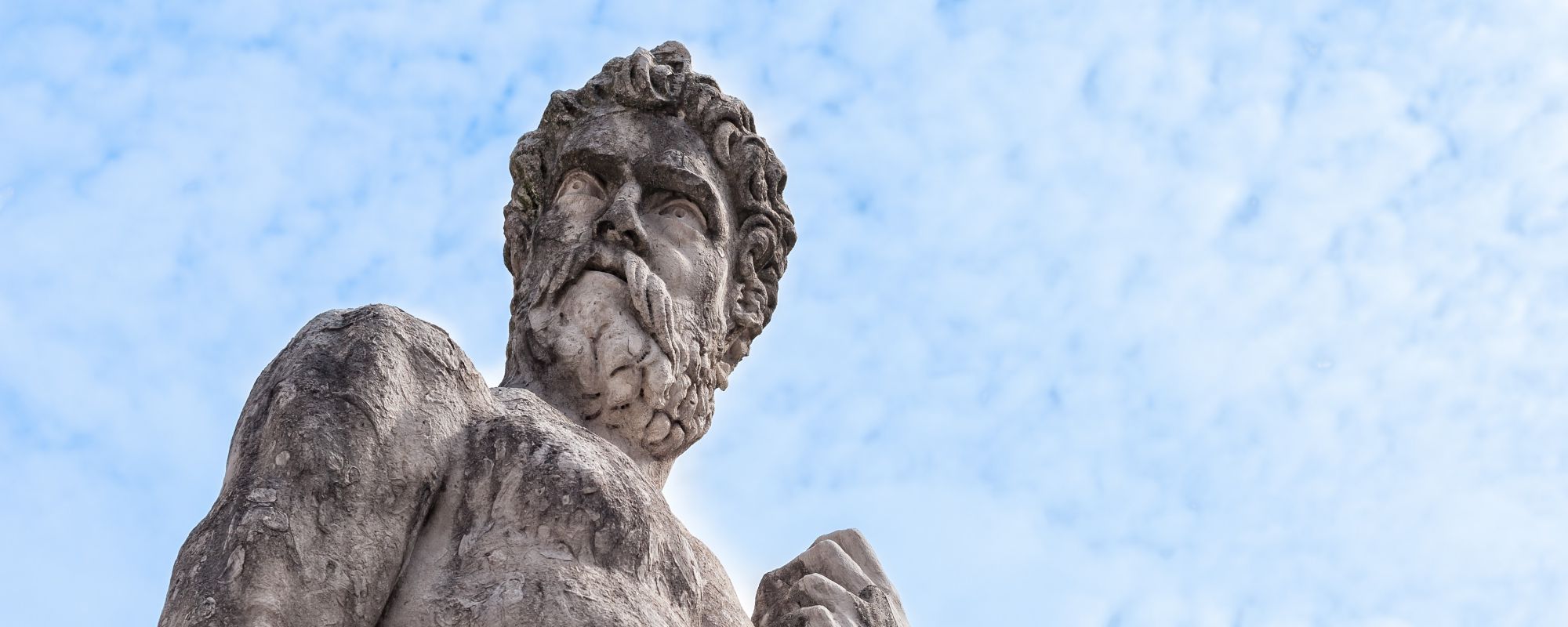
Following the Labors of Hercules
Key Takeaways
- Hercules' Twelve Labours demonstrated his heroic virtues and unwavering resolve in overcoming formidable challenges.
- These mythic Labours continue to captivate audiences, reflecting themes of heroism and the clash between mortals and immortals.
- Spanning diverse locations, Hercules' journeys shed light on the landscapes and cultures of the ancient Mediterranean world.
- The Labours' enduring symbolism inspires modern adaptations, leaving a lasting legacy in art, literature, and popular culture.
Trace the steps of the demigod Hercules and, through his Labours, explore Greece like no other!
Perhaps the most adorned ancient Greek demigod, Hercules, incarnated the ideal concept of a man with virtue and courage. Popular throughout the centuries and always operating as a source of inspiration, his memory and deeds survived antiquity, and even today, his figure floods pop culture.
Let us present to you the most popular myth about Hercules, his Twelve Labours, and introduce you to how you can follow his steps in modern Greece!
Hercules was the son of mighty Zeus and Alcmene, the daughter of Electryon and Anaxo. According to Hesiod, she was the tallest, most beautiful woman ever to have walked on earth, with wisdom that surpassed both her parents and charming dark eyes that made even the goddess Aphrodite jealous.
She was married to Amphitryon, king of Tiryns and Mycenae, and according to the standards of that age, she was unconditionally faithful to her husband. Her beauty was not to be ignored by Zeus, who famously used to chase after the most beautiful women in the world.
Knowing that Alcmene would never give in to his seduction, he transformed himself into Amphitryon and entered her chambers. Nine months later, baby Hercules was born.
The day before Hercules' birth, Zeus was so excited about the coming of his son that he joyfully announced to all the gods of Olympus that a son of his was about to be born, meant to rule everyone around him. Hera, his rightful wife and Queen of the Gods trying to process another betrayal from her husband, asked him to take an oath. This oath stated that the first baby to be born on that day would rule those around him.
Then, she forbade Eileithyia, her daughter and goddess of childbirth, to allow Alcmene to give birth before she returned to Olympus. Then, she descended on Earth and forced the wife of Sthenelus to give birth prematurely to Eurystheus, taking advantage of Zeus' oath and depriving Hercules his right to rule.
Unfortunately, this was not the end of Hercules' turmoil. Hera was on a wrath path and continuously tried either to kill or torture the illegitimate son of Zeus. When Hercules got older and moved to Thebes, he married the daughter of King Creon, Megara, and had a happy family with her. Hera seized the opportunity of vengeance and drove him mad, leading him to kill his own children and wife.
After being healed by Antikyreus, Hercules, desperate by his own acts, tried to find salvation and release himself from the unbearing guilt of Erinyes, the female chthonic deities of vengeance. He decided to take advice from the sanctuary of Apollo at Delphi, where the Great Oracle told him to put himself in the service of the king of Tiryns, Eurystheus.
Collaborating with Hera, Eurystheus took the chance of putting the life of Hercules in danger by assigning him a series of labors that would probably kill every man. In return, if Hercules passed through all the tasks, Eurystheus would purify him from his sin. The king of Tiryns welcomed him to his palace and announced to Hercules his first task: the slaughter of the Nemean Lion.
The Nemean Lion
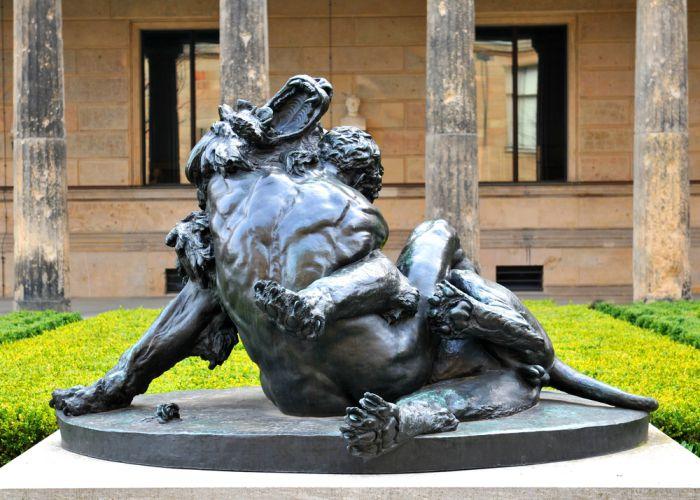
Architectural detail of statue depicting Hercules and the Nemean Lion - credits: Lucian Milasan/Shutterstock.com
The Lion of Nemea used to terrorize the area around the sanctuary north of Argos. On his quest to locate the lion, Hercules arrived at the small town of Cleonae. The town was continuously harassed by the existence of the lion that was feeding continuously on the livestock of farmers leading them to suffer and poverty.
While in town, a small boy reached Hercules, asking him to hunt and kill the lion within 30 days. Otherwise, the boy would offer himself as a sacrifice to the gods, hoping for their mercy. Hercules, inspired by the courage of the young boy, set out to find the beast.
He managed to locate the beast lurking inside a cave system. Then, he blocked the entrances, ensuring that the lion could not escape, and entered it to face the beast. He found it and tried to shoot it down with his arrows, but almost immediately, he realized that something was really wrong.
The arrows bounced off the skin of the lion and seemed to be useless against it. Its golden fur was so tough that it was practically impenetrable by any weapon. Hercules had no choice but to deal with the animal face to face. He stunned it with his club and strangled it with his bare hands using his supernatural strength.
Once dead, Hercules tried to find a way to skin the lion and take its pelt. He tried everything unsuccessfully, but then Athena advised him to use the claws of the beast. Them alone were capable of piercing through the tough hide of the divine lion. Hercules wore its hide and returned to Tiryns to show it to Eurystheus, who -terrified- banned him from entering the city again.
The Lernean Hydra
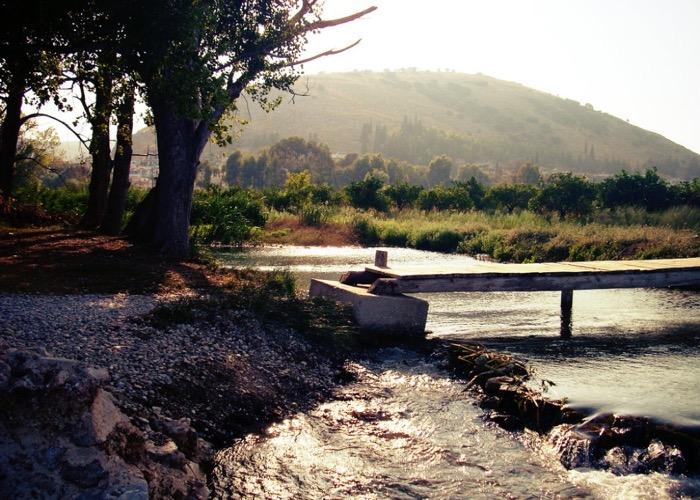
Hera, disappointed by the survival of Hercules, ordered Eurystheus to announce to him the second task of his labors: the slaughter of Lernean Hydra. Hydra was a vicious beast, the offspring of Typhon and Echidna, raised by Hera herself with one mission; to kill Hercules. The area that the monster used to dwell in was near the lake of Lerna in Argolis. When Hercules reached the area, fumes and gases from the swamp made him put a wet cloth on his nose and mouth in order to continue his search for the beast.
Then, he found the cave of Amymone, where a spring used to fill the lake with water. Hydra had a terrible form of a serpent-like creature with nine heads. Confident, Hercules chopped down one head of the beast while fighting it with a sickle, only to discover the regeneration powers it held. Out of one severed head, two others sprout in its place, making his efforts futile.
Desperate, he calls for his nephew Iolaus to help him find a solution. Led by Athena herself, they used a firebrand to scorch down each neck stump after each decapitation, preventing the beast from regenerating. When Hera realized that her plan was in danger, she sent a huge crab from the nearby lake to distract the heroes and give the advantage to the Hydra.
Hercules crushed the crab under his foot and tossed it into the sky, creating the constellation of Cancer. After the beheading of the last head of the Hydra, he crashed its last still-rattling head under a huge rock, putting an end to the terror. Afterward, he dipped the tips of his arrows into the beast's blood, knowing how poisonous it was. He, later on, found Eurystheus announcing the completion of the Labour.
The Ceryneian Hind
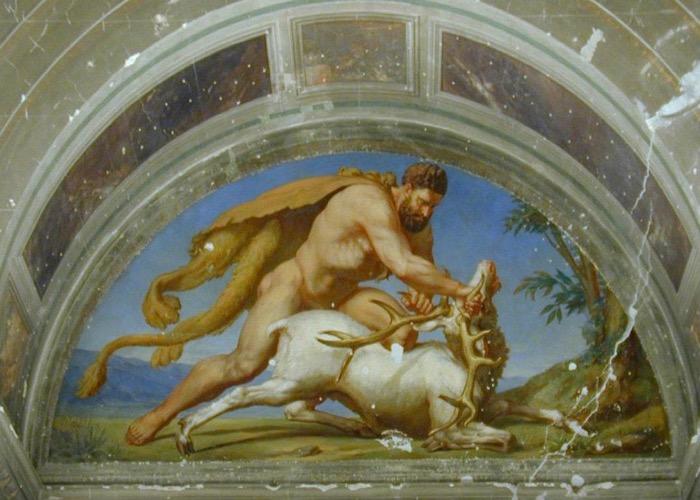
Hercules' next task was really a challenge. Eurystheus knew that when it came to strength, Hercules had the upper hand. Therefore, the third labor was a bit different. He had to capture the hind of Ceryneia, a sacred animal of Artemis.
The hind was one of a kind with golden antlers like a stag and bronze hooves which made it run faster than an arrow. It was to be found in the sacred region of Artemis, the goddess of hunting, in Ceryneia in the northern part of the Peloponnese.
Hercules spotted the hind by its shiny antlers, but catching it proved to be more difficult than thought before. He chased the hind throughout Greece for more than a year, reaching as far as the land of Hyperborea. While there, Hercules stealthily waited for the hind to fall asleep and captured it by throwing a magical net on it given by Artemis herself.
He then returned to Eurystheus with the sacred animal. Eurystheus demanded to hand the animal to him to sacrifice it, but Hercules, wanting to protect the sacred animal of Artemis, told him: "Here it is. Take it."
By the time the king came closer to the animal, and Hercules let off its antlers, the hind vanished in a blink of an eye, running back to the sacred forests of Ceryneia.
The Erymanthian Boar
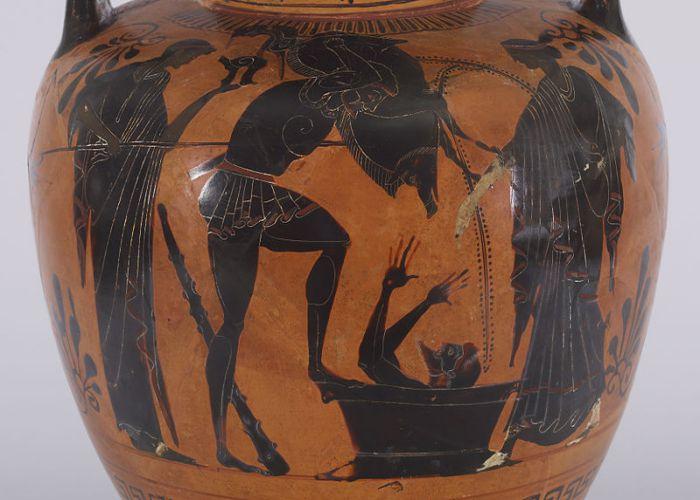
Hercules defeats Erymathian boar - credits: https://commons.wikimedia.org
The fourth Labour was again about the slaughter of an animal - which in this case was a boar- that caused huge destruction and terror to the area of Erymanthos.
The boar's territory extended through the northern mountains of Arcadia, often descending to the plains of the region, destroying crops and killing people. Not being able to track it down, Hercules asked for the help of the famous centaur Chiron.
He advised him to wait until mid-winter when the thick snow would give away its trails and make it unable to run. So Hercules did, and during winter, he captured the animal alive and brought it back to Eurystheus.
The king, terrified by the sight of the beast, jumped, shaking inside a storage vessel (pithos), and ordered Hercules to get rid of it. He tossed it into the sea, and the beast swam up until it reached Italy.
According to ancient travelers, at the temple of Apollo at Cumae, you could see the actual tusks of the Erymanthian Boar on display!
The Augean Stables
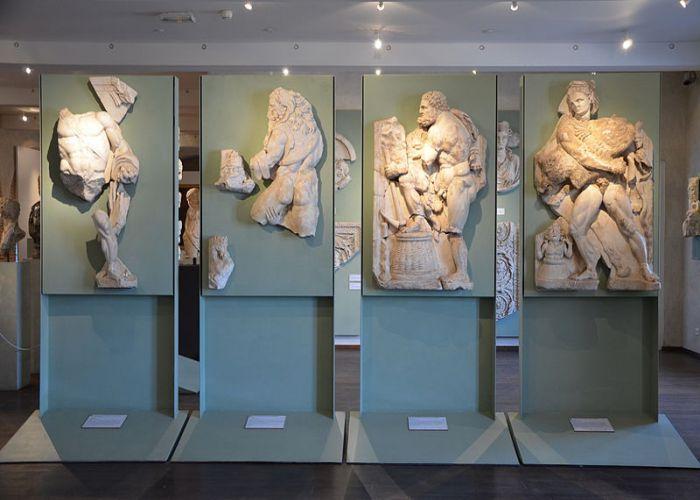
Hercules relief, end of 3rd century AD, Musée des Antiques de Toulouse - credits: https://commons.wikimedia.org
Eurystheus then gave another task to Hercules. He had to clean the stables of King Augeas in one day. Even though the task did not seem to be so demanding, it was deliberately given because of its humiliating nature and impossibility. Augeas was the king of Elis, and his stables were hosting cattle of 3000 in number.
These animals belonged to an immortal divine animal species, and by being divinely healthy, they produced an excess of manure on a daily basis. The stables were impossible to be cleaned, so Hercules had to face filth of about 30 years in one day. He asked the king for 1/10 of the livestock as payment for his service, something that Augeas originally accepted.
Thinking that he had found his match, Hercules stayed in Elis, trying to figure out what to do. Then, he had an epiphany - possibly with the help of Athena! He redirected the flow of the two rivers of the area, Peneus and Alpheus, sending them through the stables.
When Augeas realized that he had lost one-tenth of his divine herd, he refused to honor the agreement and exiled Hercules from Elis. After some years, Hercules returned only to kill Augeas and give his kingdom to Phyleus, who was Augeas' son who had supported him against his father. Legend also says Hercules then founded the first Olympic Games in ancient Olympia.
The Stymphalian Birds
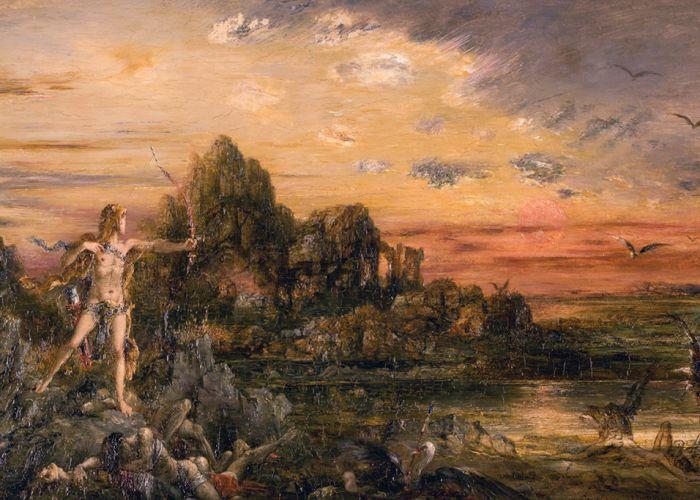
Painting of Hercules and the Stymphalian birds - credits: https://commons.wikimedia.org
The next labor of Hercules was located in the central part of Peloponnese, at the lake of Stymphalia. The region of the lake was a swamp that was making traveling from one area to another quite an arduous task.
In addition, at the densely forested plains of the lake, there used to live a flock of mythical birds, the Stymphalian birds, sacred creatures of Artemis brought up by Ares himself.
The task of Hercules was to clear the area from those birds. The Stymphalian birds were a source of terror for the region. Often attacking and eating people, destroying crops, and killing livestock, they were a force to be reckoned with. They had bronze beaks and iron wings with sharp metallic feathers, which they could launch at their victims or prey and produce highly poisonous dung.
Pausanias describes them:
'These fly against those who come to hunt them, wounding and killing them with their beaks. All armor of bronze or iron that men wear is pierced by the birds; but if they weave a garment of thick cork, the beaks of the Stymphalian birds are caught in the cork garment, just as the wings of small birds stick in bird-lime. These birds are of the size of a crane and are like the ibis, but their beaks are more powerful and not crooked like that of the ibis.'
The vegetation of the area was a huge obstacle to locating the birds. Hercules asked for the help of Athena, and she ordered from Hephaestus a small contraption to help her half-brother. Hephaestus made a pair of krotala (rattles) which the hero used when he climbed on top of the nearby mountain.
Suddenly, the flock swarmed the air, and Hercules started shooting them down using the poisonous arrows of Hydra. Some of the birds got so scared by the noise that they migrated far to the north, to an island called Aretias, close to the kingdom of Colchis.
During the coming years, the Argonauts faced them once more on their way to this kingdom of the East. In order to prove his success, Hercules picked up some birds to show them to Eurystheus. The birds were depicted on statues at the temple of Stymphalian Artemis.
The Cretan Bull
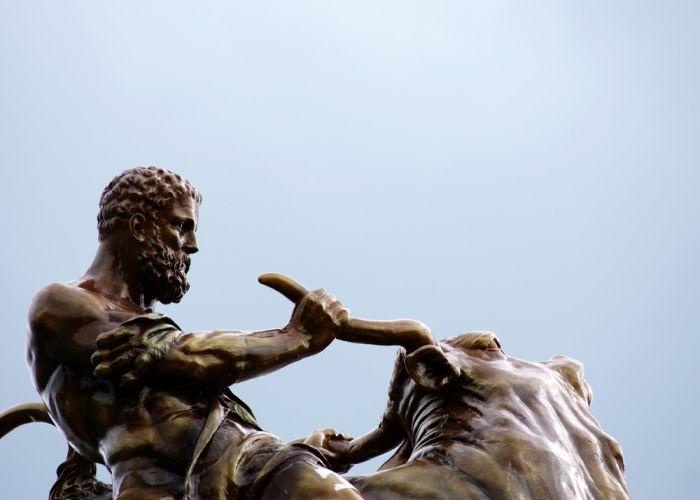
The sculpture of "Heracles, the Cretan bull curbing" by sculptor August Kriessmann - credits: Bastian Kienitz/Shutterstock.com
Disappointed by the so far turning of the events, Eurystheus announced to Hercules his next Labour: the capture of the Cretan Bull. When the king of Crete, Minos wanted to legitimize his rule over his brothers, he asked Poseidon for a sign to mark his reign.
Poseidon answered his call by sending him a snow-white bull on the grounds of putting the animal to sacrifice afterward. Minos, amazed by the beauty and divinity of the animal, mingled it with his herd and sacrificed another bull to Poseidon.
The god, furious, ordered Aphrodite to make Minos' wife, Pasiphaē, madly in love with the bull. After their connection, the terrifying monster, the Minotaur, was born. Poseidon passed his rage to the bull, and the animal left its herd, starting to devastate the surrounding lands.
Hercules chased the animal from one side of Crete to the other and succeeded in capturing the beast using brutal force. He then shipped it directly to Tiryns to be presented in front of the king, where it escaped and headed to the plains of Marathon, where it was renamed the Marathonian Bull.
The Mares of Diomedes
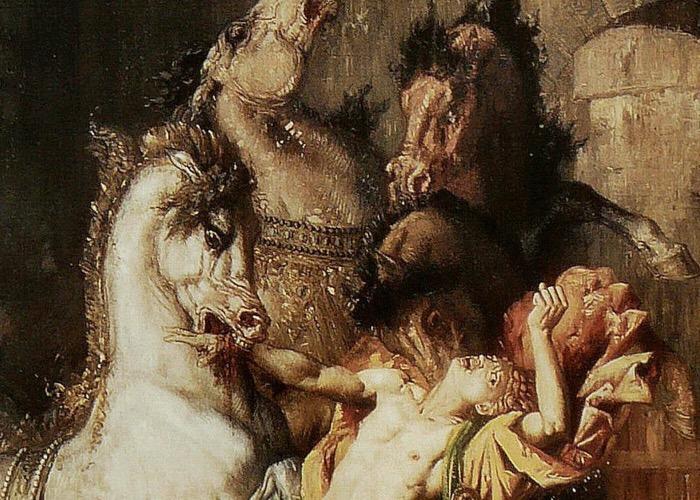
The next Labour of Hercules was located in the northern part of Greece close to the modern city of Xanthi. Eurystheus ordered the seizing of the Mares (horses) of Diomedes, the king of Bistones, a Thracian tribe of northern Greece. Xanthos (the blond one), Podagros (the Swift), Lampon (the Shining), and Deinos (the Terrible) were set free to the plains of Bistonia by Diomedes.
Hercules, unaware of the danger, set out to find the horses with his lover Abderus, the son of Hermes. Little did he know that these horses were vicious creatures with no match, with fiery breath and an appetite for human flesh.
Once he found them, he deployed all of his talents to tame them with no harm and eventually succeeded in harnessing them without knowing that Diomedes and his soldiers had already been informed of his actions.
Then, the Thracians attacked, and in order to face them, Hercules passed the horses to young Abderus. By the end of the fight, Hercules realized in horror that the horses had killed and devoured his young lover. He immediately turned against Diomedes, killed him, and fed him to his own horses.
Hercules founded a city at the site of Abderus' tomb, which he named after him Abdera. After having gorged on human flesh, the horses were calm enough to be tamed and tied to a chariot. This is how he returned to Eurystheus, who, after offering them to Hera, he set them free.
The horses made their way toward Mount Olympus, where Zeus sent wild beasts to devour them. According to tradition, the legendary horse of Alexander the Great, Bucephalus, descended from this horse species.
The Girdle of Hippolyte
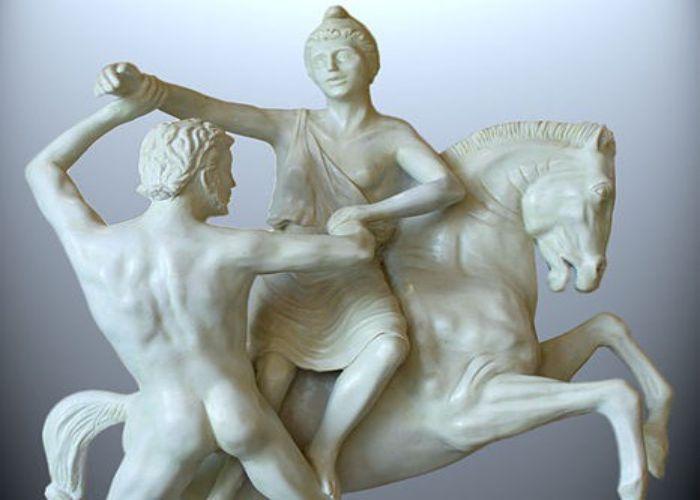
Hercules gets the girdle of Hippolyte, Queen of the Amazons - credits: https://commons.wikimedia.org
Being cunning enough, Eurystheus assigned Hercules another task that probably would guarantee his failure. As a gift for his daughter Admete (Hera's priestess), the king asked Hercules to go to the kingdom of the Amazons and retrieve the girdle of Hippolyte, their Queen.
The task seemed to be undoable, first because Hercules had to ask for a personal artifact of status from the Queen of the Amazons and second because he had to travel outside of the Greek territory, face the dangers of those barbaric lands, and even have the chance of confronting the Amazons themselves.
Hence, Hercules decided to head there not alone but with the companions of Theseus, Peleus, and Telamon, among others.
After many adventures and battles, Hercules, with his band of friends, reached the city of Themyscira, the capital of the Amazons' kingdom. There, Queen Hippolyta welcomed the guests wearing the gift of Ares, the magical girdle. Hercules, after discussing with the Queen the purpose of their visit, convinced her to give him the girdle with no troubles.
By the time Hera realized that things got easy on him, she transformed herself into an Amazon and descended to Themyscira. There she started spreading the rumor that the strange men would abduct their Queen, agitating the rest of the Amazons.
Proud enough and willing to die for the safety of their Queen, the Amazons took their arms and attacked Hercules' companions. In the heat of the battle, Hippolyta ran to help her sisters, where she died.
From her dead body, Hercules took the girdle, but before returning to Greece, he made a stop in Troy to save the King's daughter, Hesione. She was chained on a rock close to the sea as an offering to praise the angry gods Apollo and Poseidon.
A sea monster (Cetus) sent by Poseidon was about to devour her when Hercules confronted the beast. In some versions of the myth, the huge creature swallowed Hercules, who spent 3 days in his body, slaughtering the animal from within. Later on, after rescuing Hesione, he gave her to Telamon as his wife.
The cattle of Geryon
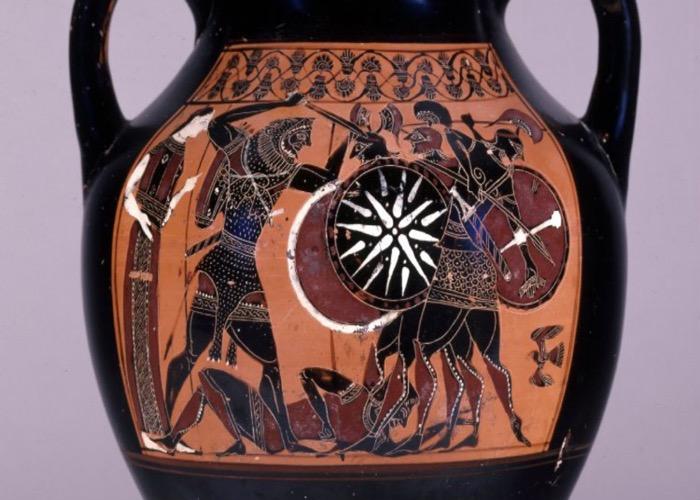
Hercules proved to be an unbeatable warrior. Therefore, Eurystheus sent him to the end of the world for his tenth Labour. His task was to bring back to him the divine cattle of Geryon, located far from the lands of Erytheia (today's Cádiz, Spain).
On his way there, he crossed the Libyan desert, and frustrated by the heat and the scorching sun, Hercules released an arrow to the Sun, wanting to wound the god.
God Sun, impressed by his courage, gave to him a golden cauldron that he used to sail to the lands of Erytheia. Using his supernatural strength, he crushed in half the mountain connecting the Mediterranean to the Atlantic Ocean, creating the strait of the Pillars of Hercules, nowadays Gibraltar.
By the time he reached the island where the cattle were, Hercules faced Orthrus, a two-headed dog, brother of Cerberus, and offspring of Typhon and Echidna. Hercules bashed his mighty olive-wood club on the watchdog, killing it, same as the herdsman and son of Ares, Eurytion.
Attracted by the sound of battle, Geryon rushed to his herd's protection. Geryon was not an ordinary man. He was the grandson of Medusa son of Chrysaor and Callirhoe. According to most descriptions, he was a giant having three bodies, six legs, arms, and heads, able to carry three shields and three spears, making him an unbeatable warrior.
After a long chase, Geryon and Hercules fought against each other on the grounds of the river Anthemus. There, Hercules succeeded in killing the giant by using his poisonous arrows; the ones dipped in Hydra's blood.
Stesichorus describes the moment:
'...and Geryon bent his neck over to one side, like a poppy that spoils its delicate shapes, shedding its petals all at once.'
Undisturbed, Hercules started herding the cattle back to Eurystheus. Passing through Italy, he dealt with Cacus (in Rome, there used to be an altar founded by Hercules in the Forum Boarium), but before reaching Greece, Hera sent a gadfly to irritate the animals and scatter them to every corner of the earth.
It took one year for Hercules to find all the animals, which eventually were led to Eurystheus and sacrificed to Hera.
The Apples of Hesperides
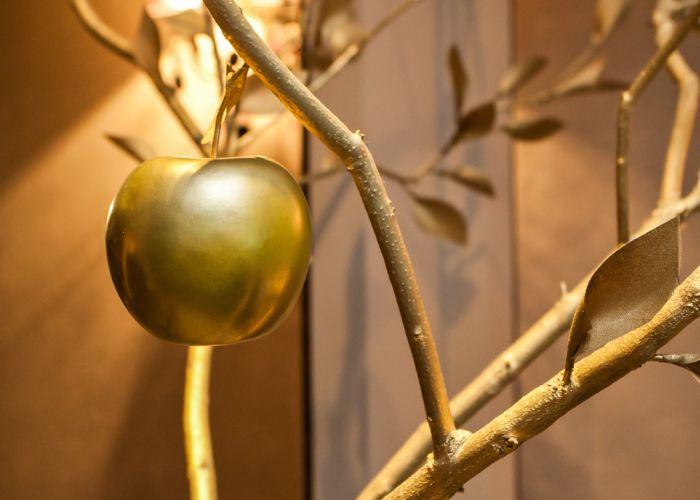
The golden apples of Hesperides - credits: julia kobzeva/Shutterstock.com
The next labor of Hercules was the retrieving of the golden apples of Hesperides. The apple trees that produced those apples of immortality were the wedding gift of Gaia to Hera when she married Zeus.
These trees were planted in a garden close to the ends of the world no one knew its exact location except for the shapeshifter sea god, Proteus, known as the 'Old Man of the Sea.'
After locating him and fighting against him, Hercules forced Proteus to reveal to him the location of the garden. He set out to find the garden and reached the highest point of a mountain range located in the northwestern part of Africa.
There, he met Atlas, a Titan that the gods sentenced to hold the skies on his shoulders after Titanomachy.
Hercules asked him whether he could help him locate the garden. Atlas knew exactly its location, and in addition, he was the father of Hesperides, the three divine guardians of the garden.
Hercules, acknowledging the fact that he couldn't pass through the guardians and the fierce dragon Ladon protecting them, proposed to hold the skies in the place of Atlas while he retrieved the apples for him.
When Atlas returned with some apples in his hands, he told Hercules that he could bring the apples to King Eurystheus himself and then return to take the heavens on his back.
Hercules, realizing that Atlas wanted to trick him and abandon him there holding up his punishment, falsely agreed to the plan but asked Atlas to switch for a bit to make his cloak pad for his shoulders. Then he grabbed the chance of taking the apples and left Atlas holding up the dome of Heaven.
The capture of Cerberus
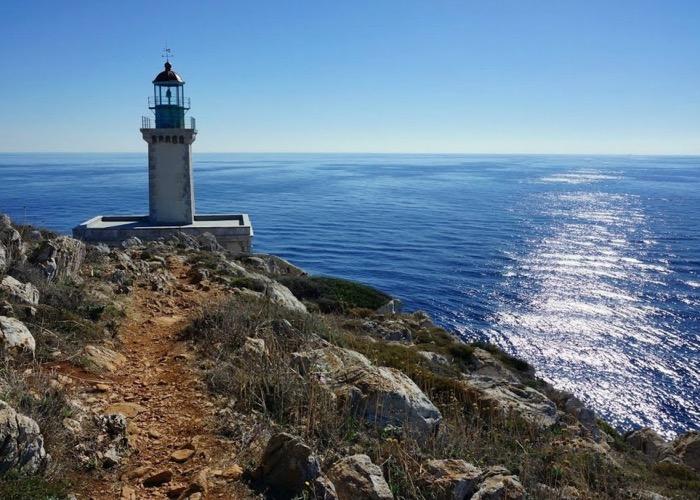
Admitting the fact that Zeus' son was unstoppable on Earth, Hera and Eurystheus fashioned his last Labour of Hercules to take part in the Underworld. His job was to enter the realm of Hades, find Cerberus, and bring him back to Eurystheus.
Cerberus was the hound of Hades, a vicious three-headed dog with snakes coming out of its body and a tail of a serpent. He was making sure that no living person could ever enter and leave the Underworld or any soul escape it. According to the myth, this Labour was impossible to accomplish.
At first, Hercules had to find an entrance to the Underworld and survive every challenge this realm had to offer before reaching the Gates. Therefore, two Gods, Athena and Hermes, offered their help with the hero's task.
First, Hercules visited Athens to find the poet Musaeus that would introduce him to something that would facilitate his journey to the Underworld, the Eleusinian Mysteries, dedicated to the Lady of Eleusis, Demeter. By becoming a 'mystes' (the initiated one), he would be granted knowledge of this unknown realm, useful for the completion of his Labour.
Then, Athena and Hermes showed him the way to Tainaron, one of the entrances leading to the Underworld. With the help of the two gods, Hercules was able to find Hades and asked him if he could take the beast with him. Hades replied that he was welcome to take it but only after 'mastering it without the use of the weapons which he carried.'
After fighting the beast using the hide of the Nemean Lion, Hercules succeeded in taming the beast and only then was Hades allowed to shackle him with adamant chains and lead him to the Upper World. They ascended to the site of Heraclea Pontica, a place located on the southwestern shores of the Black Sea.
The myth says that by the time Hercules dragged Cerberus out to the sun, it vomited bile, and from it, the toxic, deadly poisonous plant aconite grew up.
Later on, he passed through the land of Argolis to reach Eurystheus, who, terrified by the sight of the beast and amazed by the resilience of Hercules, gave up and granted him forgiveness for the killing of his family.
Final Thoughts
Hercules, during his famous Twelve Labours, traveled throughout the world seeking absolution, performing incredible tasks, and operating as the ideal example of Greekness to foreign lands.
Even though his Labours belong to the sphere of mythology, the places he visited are very much real, therefore in case you want to put your feet at the steps of Hercules, plan your tailor-made Greek trip to some of the places mentioned before or check out one of our tours of the Peloponnese.
Visit the archaeological site of Nemea, where the very first Labor of Hercules took place, or Mycenae and Tiryns, where King Eurysthenus ruled. Alternatively, if you want to feel like a mythological hero, join us on a multi-day trip to the most important sites of Attiki and the Peloponnese, such as ancient Corinth, Mycenae, Delphi, and ancient Olympia, inspired by Percy Jackson.
Of course, don't forget to check out our Greece vacation packages for a smooth and effortless trip to Greece that will give you what you want!
Frequently Asked Questions
What were the Twelve Labors of Hercules?
Why did Hercules have to perform the Labors?
How did Hercules accomplish the Labors?
What was the significance of Hercules' Labors?
Where did Hercules perform the Labors?
